Genetics 294
Hi am Chelsea Aquino, an biology undergrad, and this is my completed writing assignments from the course Genetics 294. These include writing assignments #1-#4 and Critical Reading Assignment #1-#2
Writing Assignment #1
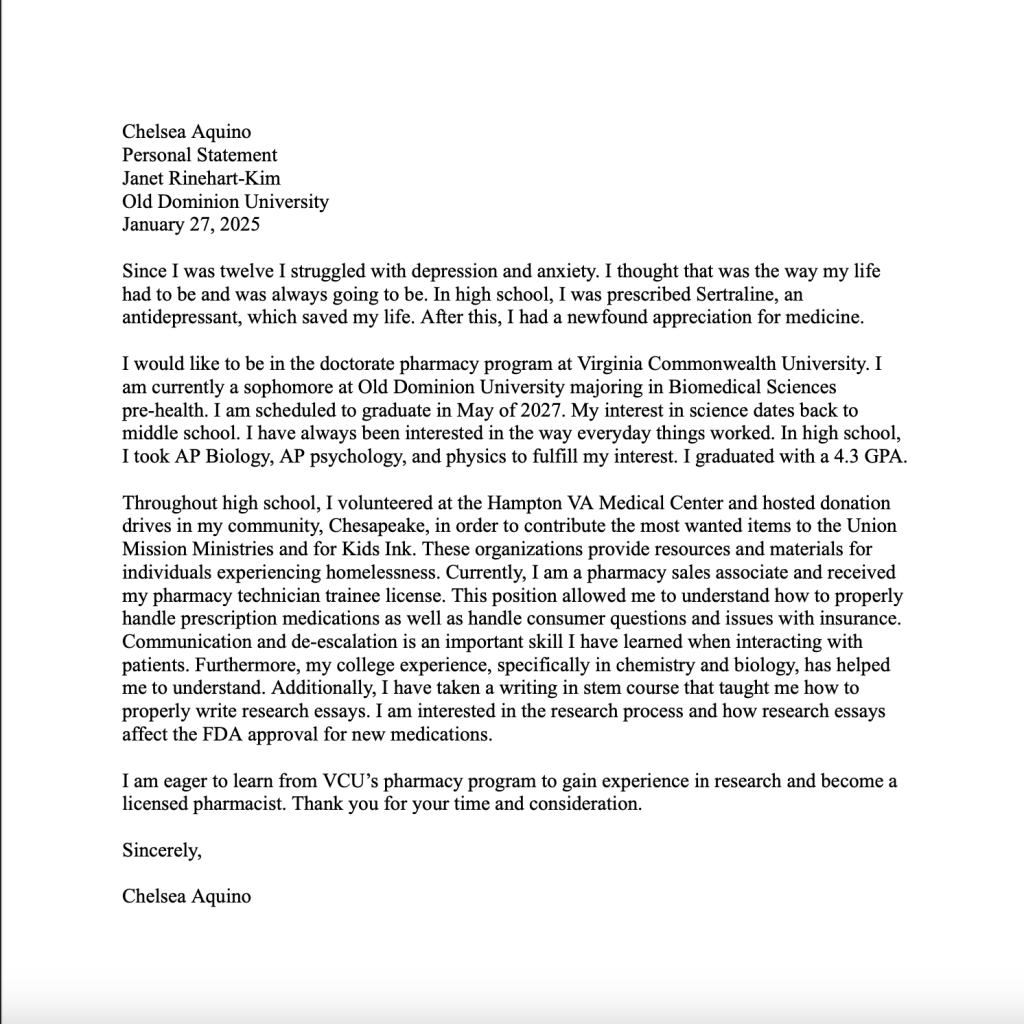
Instructions: Introduction
Since many of you are juniors and seniors, you should begin to have an idea of what you would
like to do after graduation. Depending upon your future goals, you might be required to write a personal
statement for an application, particularly if you are considering graduate or professional schools. If you
aren’t sure of what you would like to do after graduation, writing a personal statement can help you to
think about “life after graduation” and start to define career goals.
What is a Personal Statement?
A personal statement brings together your past experience, your current pathway, and your hopes
for the future as you make a statement about yourself and why you would like to pursue a certain career.
Role: You!
Audience: Potential graduate programs, professional schools, or employers
Format: One page
Topic: Your personal statement
Your paper should be one page, single-spaced, 1 inch margins, Times New Roman font, 12 point font.
Writing Assignment #2
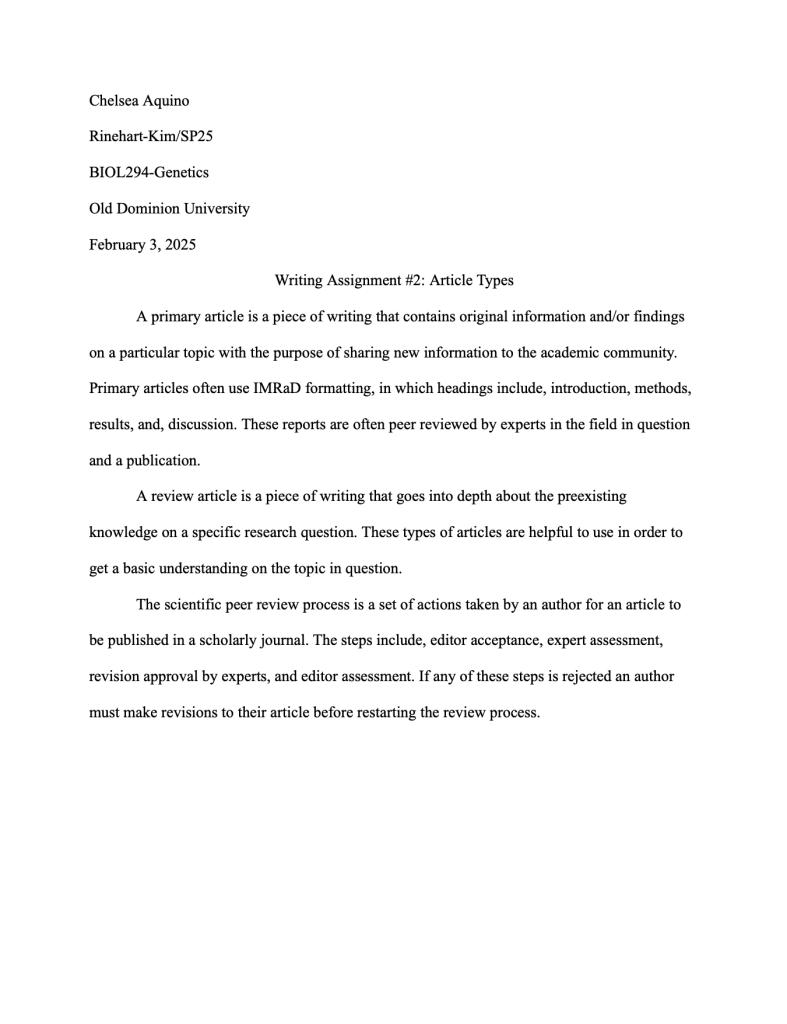
Instructions: The purpose of this assignment is to 1) define primary and review articles; 2) describe the peer
review process; and 3) identify primary and review articles.
The internet (especially university and college libraries) has excellent information about both types of
articles. To get you started, here is information from the Cornell University library:
http://guides.library.cornell.edu/c.php?g=293669&p=2004549
Use the tabs to find information about the following: Primary vs. Secondary Articles tab for information
about primary articles and Scholarly Literature Types for information about review articles. Peer Review
tab for information about review articles; Peer Review tab and video for information about the peer
review process. You are encouraged to look at other sites as well. Nothing should be quoted directly.
Synthesize the information.
Your Role: Biology undergraduate who must be able to differentiate primary and review
articles and describe the peer review process
Audience: Other ODU undergraduates who are majoring in the biological sciences
Format: Short written report, consisting of 4 paragraphs. None of the paragraphs need to be
long.
Topic: In paragraph one, define and describe a primary article.
In paragraph two, define and describe a review article.
In paragraph three, describe the scientific peer review process. This is the part of
the assignment where students usually lose points. Follow the steps carefully as
describted in the video (above).
Your paper should be three paragraph(s). It should be double-spaced, 1 inch margins, Times New Roman
font, 11-12 point font.
Writing Assignment #3

Instructions: You are to use PubMed (or another appropriate literature search engine) to find a genetics-related,
primary article in a peer-reviewed journal. Write a citation for that journal article. The citation
method you will use is the journal Nature (not APA or MLA). Instructions are below. If necessary, please
refer to the Nature web site (https://www.nature.com/nature/for-authors/formatting-guide) and scroll
to “References” for specific information on citations.
Citation Instructions:
Authors, last name first. Title. Journal. doi (Year).
• All authors should be included in reference lists unless there are more than five, in which case
only the first author should be given, followed by ‘et al.’.
• Authors should be listed surname first, followed by a comma and initials of given names.
• Titles of all cited articles are required. Titles of articles cited in reference lists should be in upright,
not italic text; the first word of the title is capitalized, the title written exactly as it appears in the
work cited, ending with a full stop. Book titles are italic with all main words capitalized.
• Journal titles are italic and abbreviated according to common usage. Volume numbers are bold.
[The publisher and city of publication are required for books cited. (Refer to published papers
in Nature for details.)]
• References to web-only journals should give authors, article title and journal name as above,
followed by URL in full – or DOI if known – and the year of publication in parentheses.
Example:
Sahin, U. et al. COVID-19 vaccine BNT162b1 elicits human antibody and TH1 T cell responses.
Nature; https://doi.org/10.1038/s41586-020-2814-7 (2020).
What is PubMed? It is an Internet-based Biomedical Literature site developed by the National Center of
Biotechnology Information (NCBI) at the National Library of Medicine. You can access the PubMed site at
www.ncbi.nlm.nih.gov/entrez/query.fcgi?DB=pubmed
In the “Search” box, type a topic, then press the “Go” button. You will probably want to narrow your
search before you begin. For example, instead of searching “cystic fibrosis”, you might want to choose
something more specific about cystic fibrosis. On the left side of your search page you can choose other
options for the type of article you want. Under “Article Type” you should choose “Clinical Trial” or
“Randomized Trial”. Do NOT choose reviews or meta-analyses.
If you prefer to use another literature site (non-biomedical), you are welcome to do so. You can find help
at the ODU Perry Library.
Your Role: Undergraduate biology major
Audience: Other ODU undergraduate biology majors
Format: Citation and a list of the parts of the article which make this a primary article
Topic: A citation of a primary genetics-related article found in a peer-reviewed journal
It should be single-spaced, 1 inch margins, Times New Roman font, 11-12 point font.
Critical Reading Assignment #1 (DNA Replication)
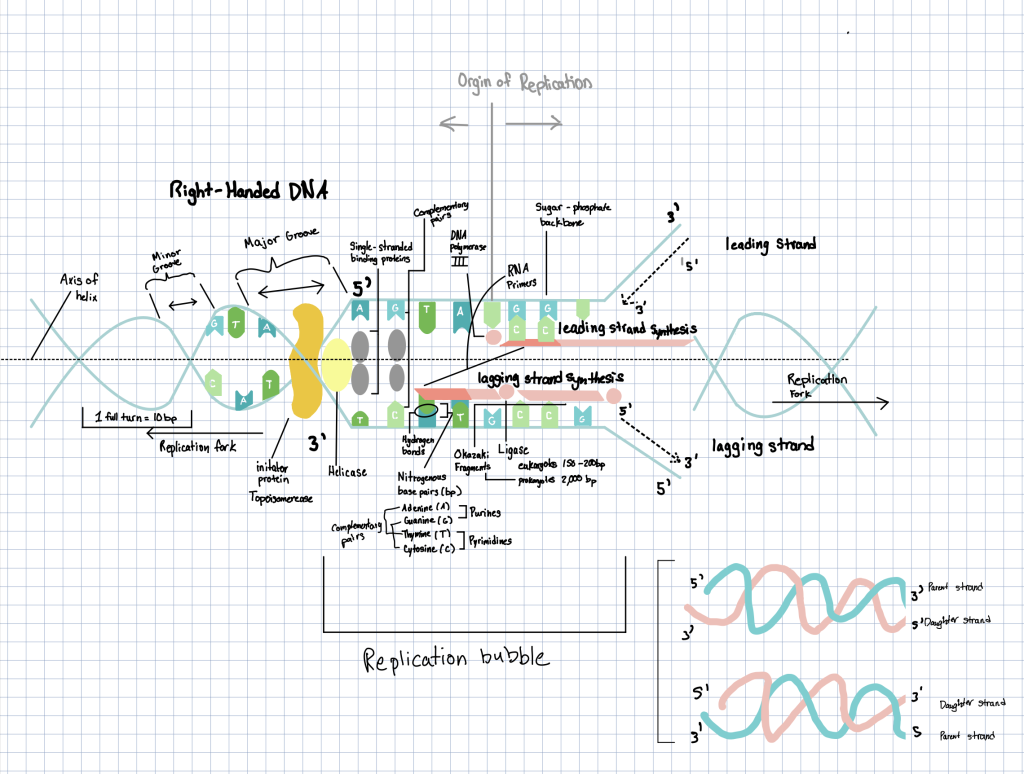
Instructions:
• Use the diagram provided to start your own drawing. Note that the templates have been marked
with 5’ and 3’ designations. The new strands (leading or lagging) have been appropriately
designated with 5’ and 3’ directions so that they are anti-parallel to the template strands.
• Use information from your textbook and powerpoints to include as much replication detail as
possible. Suggestions include the starting point of DNA replication, enzymes (and where they
would be acting), and how the strands are started (and continued).
• You should be able to come up with 20-25 features.
• After you have finished your drawing, take a photo of it and post it on Canvas.
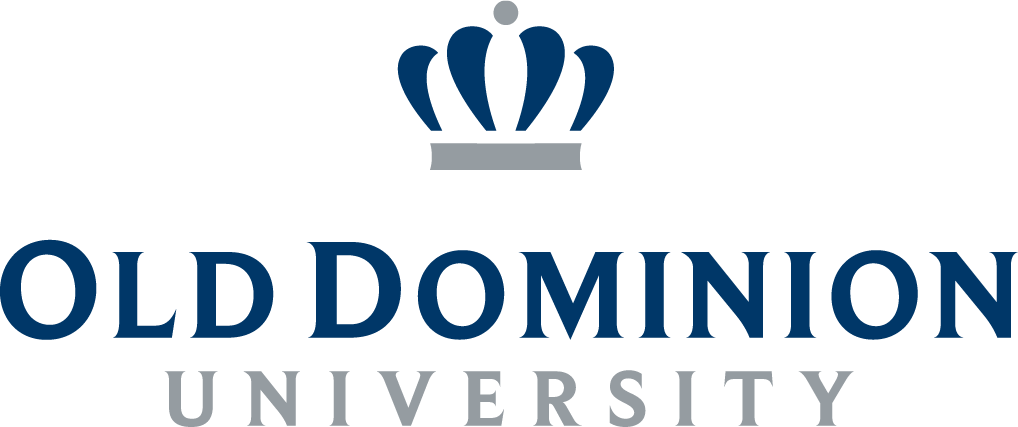
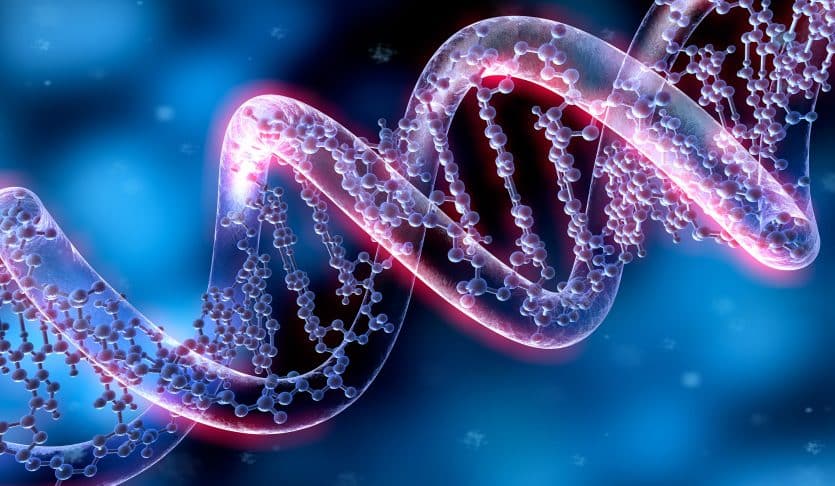
Leave a Reply